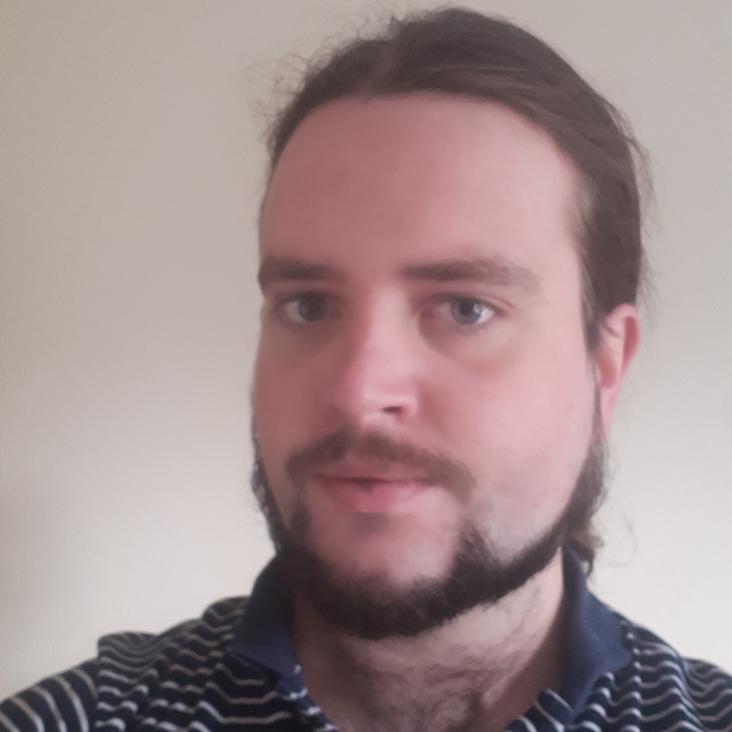Measurement of the resolution of the Timepix4 detector for 100 keV and 200 keV electrons for transmission electron microscopy
Nuclear Instruments and Methods in Physics Research Section A Accelerators Spectrometers Detectors and Associated Equipment Elsevier 1075 (2025) 170335
Measurement of the relative response of small-electrode CMOS sensors at Diamond Light Source
Nuclear Instruments and Methods in Physics Research Section A Accelerators Spectrometers Detectors and Associated Equipment Elsevier 956 (2020) 163381
Automatic selection of correlated double sampling timing parameters
Journal of Astronomical Telescopes, Instruments, and Systems Society of Photo-optical Instrumentation Engineers 5:4 (2019)
Abstract:
Correlated double sampling (CDS) is a process used in many charge-coupled device readout systems to cancel the reset noise component that would otherwise dominate. CDS processing typically consists of subtracting the integrated video signal during a “signal” period from that during a “reset” period. The response of this processing depends, therefore, on the shape of the video signal with respect to the integration bounds. In particular, the amount of noise appearing in the final image and the linearity of the pixel value with signal charge are affected by the choice of the CDS timing intervals. We use a digital CDS readout system which highly oversamples the video signal (as compared with the pixel rate) to reconstruct pixel values for different CDS timings using identical raw video signal data. We use this technique to develop insights into optimal strategy for selecting CDS timings both in the digital case (where the raw video signal may be available) and in the general case (where it is not). In particular, we show that the linearity of the CDS operation allows subtraction of the raw video signals of pixels in bias images from those in illuminated images to directly show the effects of CDS processing on the final (subtracted) pixel values.A compact air cooling system for testing silicon detectors based on a vortex chiller
Nuclear Instruments and Methods in Physics Research Section A: Accelerators, Spectrometers, Detectors and Associated Equipment Elsevier 940:1 October 2019 (2019) 405-409
Abstract:
The testing of irradiated silicon detectors requires maintaining low ( -10 °C) temperatures, to simulate a realistic operating environment and prevent annealing effects from distorting the results of the measurement. Keeping a device cool and dry is challenging, particularly if the apparatus must be portable. This paper presents a solution for a providing a stable, cool and dry environment for testing an irradiated silicon detector, that is easy to transport and can be installed in charged particle beam areas and irradiation facilities.An electro - optical test system for optimising operating conditions of CCD sensors for LSST
Journal of Instrumentation IOP Publishing 12:2017 (2017) 1-13


